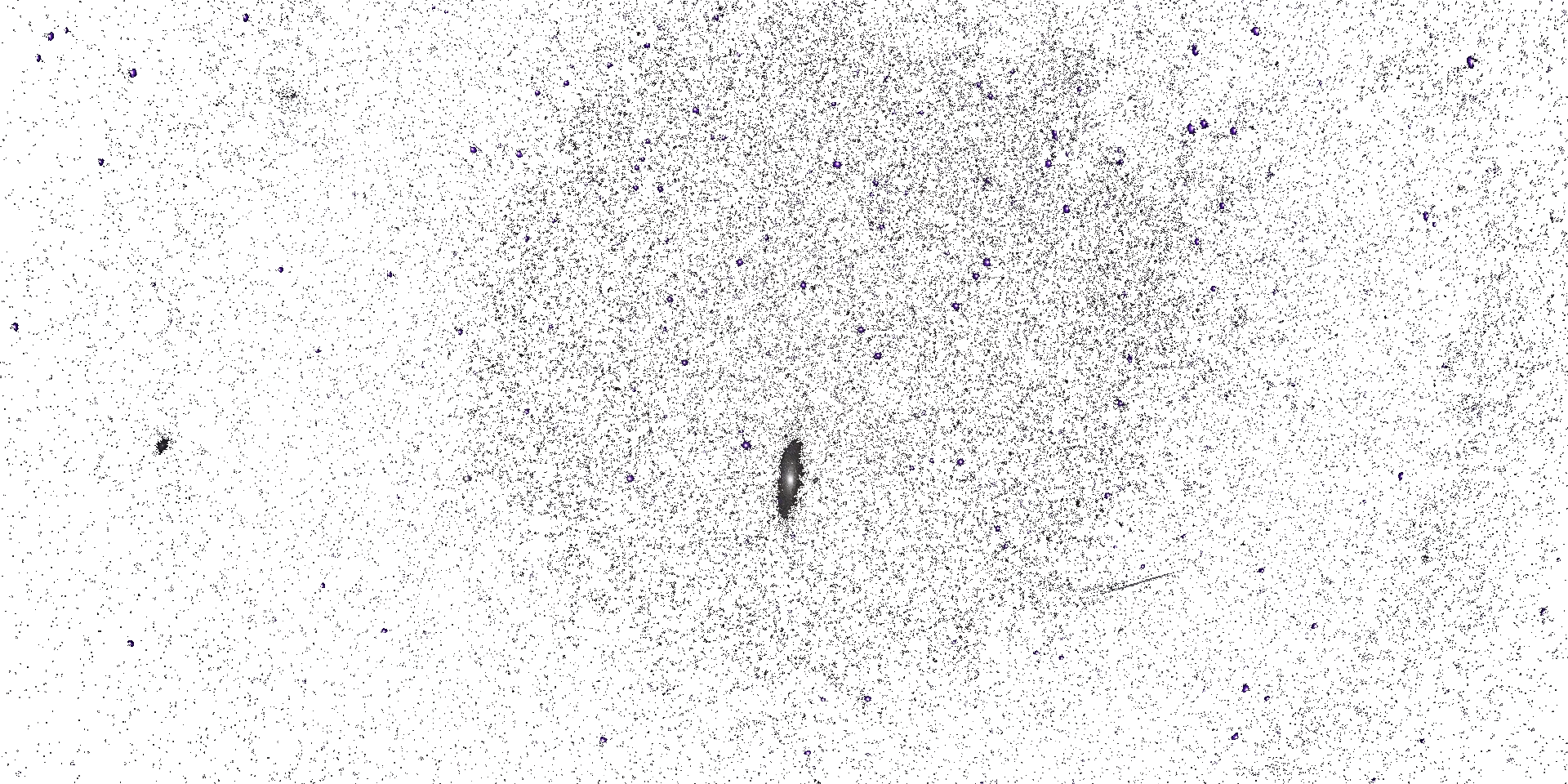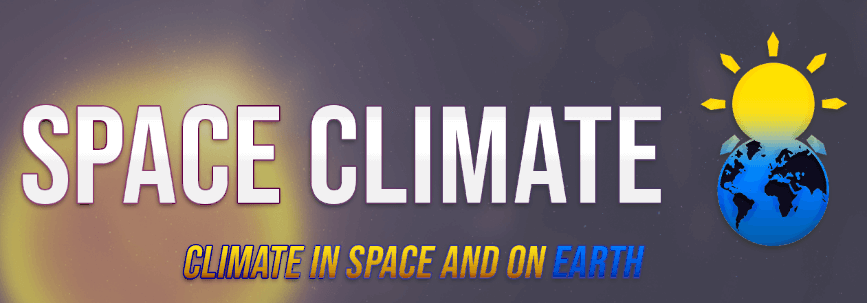




Space Climate 8 Meeting Abstract
Solar impact on climate through UV irradiance and EPP
YVAN ORSOLINI (NILU)
The solar influence on on climate is a component of the natural climate variability. Throughout the 11-year solar cycle, its influence manifests in the middle atmosphere through top top-top-down mechanisms, first as radiative one, associated to to changes in the UV radiation , which strongly impacts ozone and then another one associated to energetic particle precipitation (EPP). Th latter has only recently begun to be included in whole-atmosphere chemistry-climate models. EPP generates nitrogen and hydrogen oxides (NOx and HOx) and a series of other neutral and ionic trace species in the polar mesosphere-lower thermosphere (MLT). While the broad aspects of the EPP impact on middle atmosphere composition and chemistry is captured by models and supported by satellite observations, its potential feedback on dynamics is still debated. We present some of the challenges in diagnosing and modelling the EPP dynamical and climate impacts.
Some studies found signatures of EPP in re-analyses data, incl. in the troposphere but the statistical robustness and the interpretation of these results is questionable. Over the North Atlantic, the 11-year solar cycle modulates the North Atlantic Oscillation (NAO), with a tendency for a more positive phase lagged by a few years after solar maximum. Nevertheless sensitivity analysis based on different historical reconstructions and climate reanalyses indicates that (i) this solar signal in the NAO variability is non-stationary, appearing mostly after 1960, (ii) when present, the lag is somewhat variable with values ranging from 1 to 4 years depending on the solar proxy and the exact period considered. As the signal originates in the stratosphere and migrates downwards, it has been suggested that that atmosphere-ocean feedbacks involving wintertime re-emergence of ocean mixed layer temperatures might explain the lagg vinvolved Alternatively, it has been suggested that the precipitation of Medium Energy-Electrons (MEE), which can penetrate into the mesosphere and occur more in the declining phase of the solar cycle, could be at the origin of the observed lag, but there is little modelling evidence yet.
We run decadal ensemble experiments with the coupled NorCPM atmosphere-ocean model in an idealized setting, where the high-top atmospheric model WACCM is coupled to the MICOM ocean model. We combine radiative forcings from the Spectral Solar Irradiance (SSI) varying throughout the 11-year solar cycle to a state-of-the-art MEE particle forcing repesenting medium-energy electrons. While we find an an enhanced a positive NAO signal from increased UV irradiance under solar maximum conditions in winter with clear signals in the stratosphere and troposphere and into the North s Atlantic ocean. Yet, we found no lagged effect, which we attribute to a too weak ocean-atmosphere feedback this model. Enhanced MEE precipitation, on the other hand,
does not lead to any systematic changes in the stratospheric circulation, despite its marked
chemical signatures. These results indicate that mostly UV irradiance induce weak climate signals over the North Atlantic Ocean, but with a signal-to-noise ratio is which is very small -hence requiring large ensemble simulations- in line with recent studies on the Signal-to-Noise paradox indicating that climate models react too weakly to external forcings.
